I built this ML model in Azure ML studio with 4 features including a date column.
Trying to predict if the price is going to be higher tomorrow than it is today. Higher = 1, not higher = 0
It is a Two class neural network (with a Tune model hyperparameters).
When I test it I expect to get a answer between 0 - 1 which I do. The problem comes when I change the feature from 1 to 0. And get almost a similar answer.
I thought that if 1 = a score probabilities of 0.6 Then a 0 (with the same features) should give a score of 0.4
A snapshot of the data (yes I know I need more)

Model is trained/tuned on the "Over5" feature, and I hope to get an answer from the Two class neural network module in the range between 0 -1.
The Score module also produce results between 1 and 0. Everything looks to be correct.
I changed normalization method (after rekommendation from commenter) but it does not change the output much.
Everything seems to be in order but my goal is to get a prediction of the likelihood that a day would finish "Over5" and result in a 1.
When I test the model by using a "1" in the Over5 column I get a prediction of 0.55... then I tested the model with the same settings only changing the 1 to a 0 and I still get the same output 0.55...
I do not understand why this is since the model is trained/tuned on the Over5 feature. Changing input in that column should produce different results?
